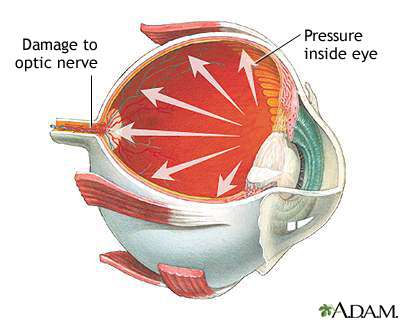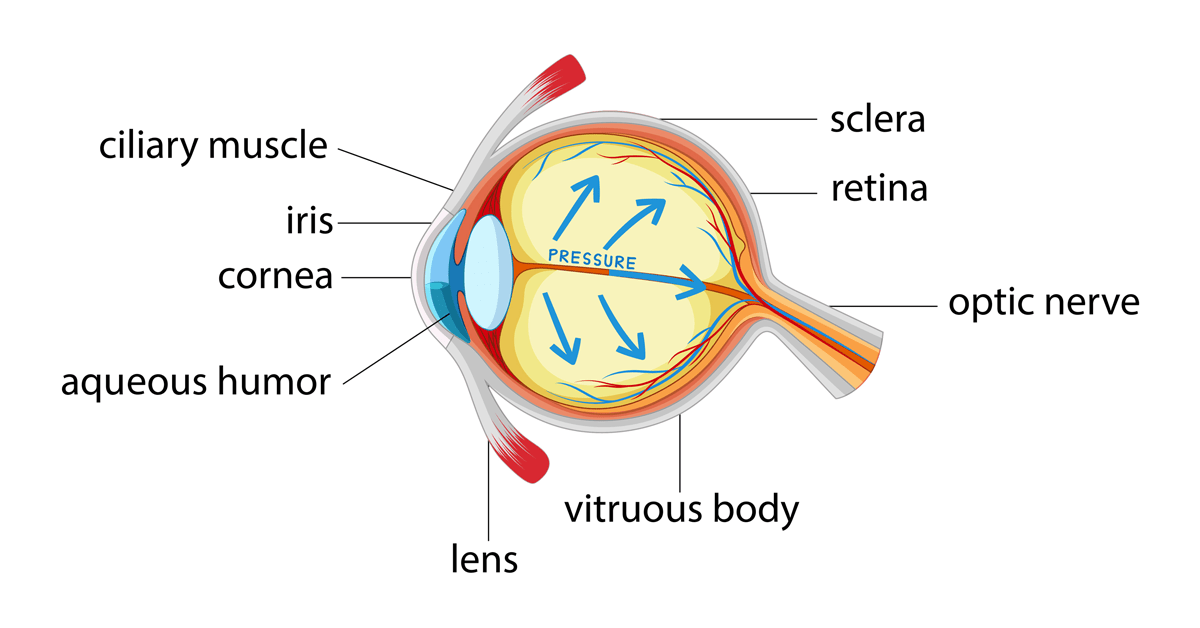Neighborhood Glaucoma Service Near Me: Early Discovery and Therapy Choices
Neighborhood Glaucoma Service Near Me: Early Discovery and Therapy Choices
Blog Article
Understanding the Different Vision Correction Procedures Available for Clearer Sight
In the realm of vision correction procedures, a wide variety of choices exist to attend to refractive mistakes and supply people with more clear sight. From the widely acknowledged LASIK surgical procedure to much less intrusive procedures like PRK and implantable lenses, the field of ophthalmology uses a series of techniques customized to suit different demands and choices. Each treatment includes its own collection of considerations, advantages, and potential threats. Understanding the nuances of these vision correction approaches is important for making notified decisions about one's visual wellness. Allow's discover the ins and outs of these treatments and clarified the course to achieving boosted vision clearness.
LASIK Surgical Procedure
LASIK surgery is a typical refractive procedure used to deal with vision troubles such as astigmatism, farsightedness, and nearsightedness - retina service near me. This surgical technique, which represents Laser-Assisted sitting Keratomileusis, aims to improve the cornea to boost how light is concentrated on the retina, eventually enhancing vision quality. During the treatment, a slim flap is developed on the cornea, and a laser is made use of to remove specific amounts of tissue to improve it properly. This improving enables light to be properly concentrated onto the retina, dealing with refractive mistakes.
Among the key benefits of LASIK surgical treatment is the quick enhancement in vision experienced by people. Lots of people see a substantial improvement in their eyesight right away after the procedure. In addition, most individuals report very little discomfort and pain throughout the surgery and healing duration. The healing time for LASIK is fairly quick, with numerous people going back to their day-to-day tasks within a day or more post-operation. On the whole, LASIK surgery is a popular option for individuals seeking a long-term remedy for their vision issues.
PRK Procedure
While likewise a common refractive procedure, the PRK (Photorefractive Keratectomy) strategy differs from LASIK surgical procedure in its method to remedying vision problems. In PRK, instead of producing a flap on the cornea, the outer layer of the cornea, called the epithelium, is entirely removed. This allows the laser to improve the cornea to remedy refractive mistakes such as farsightedness, astigmatism, and nearsightedness straight externally.

Regardless of the longer healing time, PRK can yield excellent lead to vision improvement, making it a useful choice for those who may not be appropriate candidates for LASIK surgical procedure.
Implantable Lenses
In comparison to PRK where the cornea is reshaped straight, implantable lenses use an additional technique for fixing vision by putting synthetic lenses inside the eye. This procedure is specifically valuable for individuals with high degrees of nearsightedness, astigmatism, or farsightedness that might not be appropriate candidates for laser surgical procedures like LASIK or PRK.
Implantable lenses, also called phakic intraocular lenses, job by supplementing the eye's natural lens with a man-made one. retina service near me. These lenses can be positioned before the all-natural lens (former chamber) or behind the iris and before the natural lens (posterior chamber) By readjusting the power and positioning of these lenses, eye doctors can successfully fix refractive mistakes and boost aesthetic skill
One advantage of implantable lenses is that they are exchangeable and removable, supplying adaptability for future changes. Nonetheless, as with any type of surgery, there are risks entailed, such as infection or cataract formation. Patients taking into consideration implantable lenses should talk to an eye treatment expert to identify the most appropriate alternative based upon their private requirements and eye wellness.
Corneal Rings
Corneal rings, also called intracorneal ring sections, are little, transparent tools inserted into the cornea to remedy vision distortions such as keratoconus. Keratoconus is a condition where the cornea thins and bulges external, creating vision to become distorted. The insertion of corneal rings helps to flatten the cornea, enhancing visual skill and reducing the uneven astigmatism triggered by keratoconus.
The procedure for placing corneal rings is minimally intrusive and relatively quick, usually done as an outpatient treatment. Throughout the surgical procedure, the eye doctor makes a tiny incision in the cornea and inserts the rings at a certain depth. When in position, the rings aid to reshape the cornea, supplying a smoother surface area for light to get in the eye, which can result in more clear vision.
Corneal rings are taken into consideration a relatively easy to fix treatment, as they can be eliminated or replaced if necessary. eyecare near me. While they may not entirely get rid of the demand for glasses or get in touch with lenses, corneal rings can substantially boost vision top quality and overall aesthetic convenience for individuals with keratoconus or other corneal irregularities
Refractive Lens Exchange
Adhering to the adjustment of corneal irregularities with treatments like corneal rings, an additional vision correction method that can attend to refractive errors is Refractive Lens Exchange (RLE) RLE is an operation that includes replacing the eye's all-natural lens with an artificial intraocular lens (IOL) to remedy refractive mistakes such as nearsightedness, farsightedness, and presbyopia. This treatment is particularly valuable for people that might not appropriate prospects for procedures like visit LASIK or PRK as a result of variables such as slim corneas or high refractive mistakes.

Verdict
In conclusion, there are different vision modification treatments readily available to help people attain more clear sight. LASIK surgery, have a peek at this site PRK procedure, implantable lenses, corneal rings, and refractive lens exchange are all options that can address various vision problems.
In the world of vision correction treatments, a wide range of choices exist to resolve refractive errors and give individuals with more clear sight.LASIK surgical procedure is a typical refractive treatment used to fix vision issues such as astigmatism, nearsightedness, and farsightedness.While likewise an usual refractive treatment, the PRK (Photorefractive Keratectomy) technique varies from LASIK surgical treatment in its strategy to correcting vision problems.Following the correction of corneal abnormalities with treatments like corneal rings, one more vision improvement technique that can resolve refractive errors is Refractive Lens Exchange (RLE) LASIK surgical procedure, PRK treatment, implantable lenses, corneal rings, and refractive lens exchange are all alternatives that can deal useful link with various vision issues.
Report this page